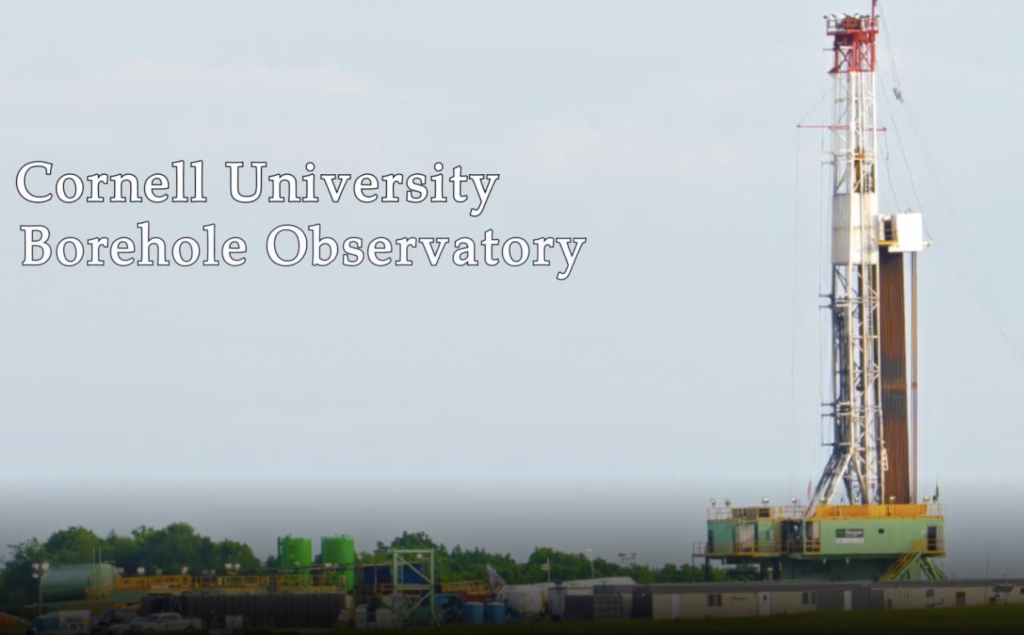Cornell University’s geothermal project reaches targeted drilling depth

The Cornell geothermal heat project has reached its targeted depth drilling its exploration well.
The Cornell geothermal project is making progress, now reporting successfully reaching the target depth for its first well. Earth Source Heat (ESH) is Cornell’s version of a deep geothermal system that would use the Earth’s internal heat to warm the Ithaca campus without the use of fossil fuels.
Part of this project is drilling an exploratory borehole, called the Cornell University Borehole Observatory (CUBO), which will allow scientists to further explore deep surface rock conditions and heat output. Drilling started June 21, 2022.
In the morning of August 13th, the CUBO borehole drill reached its final depth of 9790.5 feet (about 2,984 meters), so the news release on the project website.
The rocks at the bottom are various kinds of metamorphic rocks, primarily gneiss with smaller amounts of schist. Now that the borehole has been drilled, properties of the rock surrounding the borehole are being measured using electronic sensors on cables suspended down the hole. These are sensors are known as wireline logging tools.
Especially important to CUBO’s objective are logs that use sonic wave transmission and electrical resistivity to “image” the borehole walls. These reveal the discontinuities in properties related to beds in the strata and to fractures.
The weekly seismic monitoring report from August 7th is posted on the Cornell seismic network page, together with reports from past weeks. No events greater than magnitude 1 were detected, consistent with background activity.
Source: Cornell